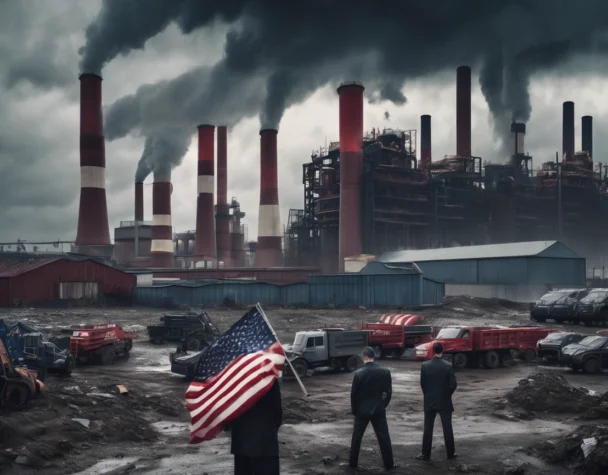
Trump’s New 25% Tariffs on Steel and Aluminum Ignite Global Trade War Concerns
Wed, March 12, 2025Trump’s Tariff Hike Sparks International Backlash
On March 12, 2025, President Donald Trump officially imposed a 25% tariff on all steel and aluminum imports, eliminating previous exemptions and triggering international economic uncertainty. The White House has positioned this move as a way to boost domestic manufacturing, but critics warn it could escalate into a global trade war.
The European Union responded swiftly, announcing a $28 billion countermeasure package targeting U.S. exports, signaling its intent to protect European industries. Meanwhile, China reacted aggressively, implementing new tariffs on American agricultural products and warning that it was “ready for any type of war.”
Australia, previously exempt from U.S. steel tariffs, is now included in the latest policy shift. Prime Minister Anthony Albanese is set to push for an exemption, but trade analysts fear this marks the beginning of broader tensions that could impact Australia’s export economy.
While Trump argues the tariffs will bring back factory jobs, industry leaders and economists express concerns that higher costs for raw materials will disrupt production and drive up consumer prices. U.S. manufacturers reliant on steel and aluminum imports now face significantly increased costs, which could lead to cutbacks, layoffs, or higher prices for American consumers.
Market Volatility and Economic Risks Rise
The immediate market response was highly volatile, with Wall Street experiencing sharp declines following the tariff announcement. Investors fear the new measures could increase inflationary pressures, disrupt global supply chains, and trigger retaliatory policies from U.S. trading partners.
The Bank for International Settlements (BIS) has warned that such unpredictable economic moves jeopardize the global economy’s ability to achieve a “soft landing” after recent inflation and interest rate struggles. This means that rather than a controlled economic slowdown, the world could face a sharper downturn if trade disputes spiral out of control.
In the U.S., concerns over a potential recession have resurfaced, with analysts noting that Trump’s protectionist policies contrast sharply with past strategies aimed at market stability. Investors are growing wary of increasing uncertainty, driving volatility in the financial markets and raising the risk of an extended economic downturn.
Future Outlook: Retaliation and Market Reactions
With Europe, China, and Australia already responding, the likelihood of additional retaliatory trade measures is growing. Economic experts predict:
- Further U.S. tariff escalations on imported goods, particularly from China and the EU, which could deepen trade tensions.
- Retaliation from affected nations, potentially targeting U.S. exports such as agriculture, technology, and consumer goods.
- Continued market instability, with investors closely watching how the Federal Reserve reacts to economic uncertainty.
While Trump’s administration insists the tariffs will strengthen U.S. industry, history suggests that aggressive protectionist policies often lead to price hikes, strained international relations, and slower economic growth. As the situation develops, the global economy braces for further turbulence in the weeks ahead.

